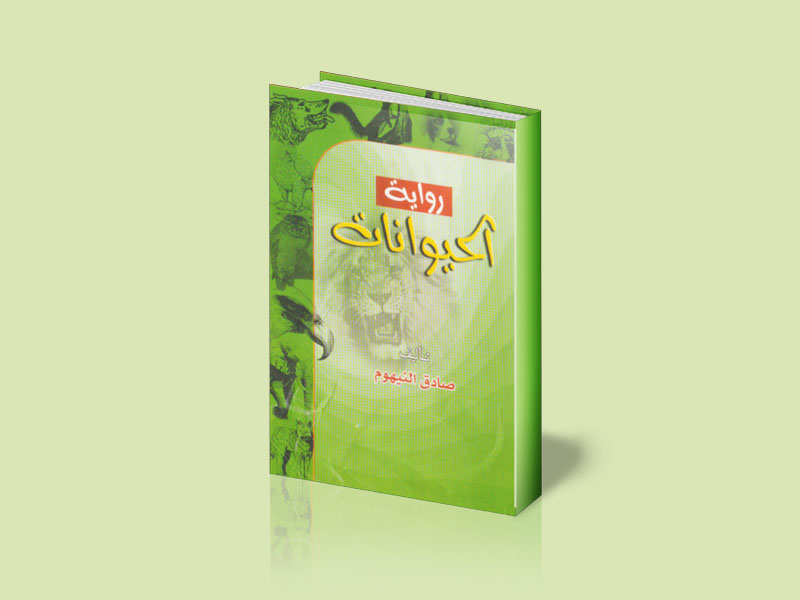Fictional elements in the contemporary Moroccan novel
Issue 24

Like all novels in the Arab world, the Moroccan contemporary novel is based on fictional elements of narration that create new styles of writing that combine experimentalism with classical forms. The Moroccan novel was influenced by classical elements and modern trends brought about by abstractionism.

While some novelists are inspired by heritage, others are influenced by animal fables with rich symbolic content; a fable uses artistic expressive tools to present different perspectives on a cultural issue.
A pioneering novelist from Libya, Sadiq Al Nayhum (1937-1994 AD) lived in several countries including the USA, Lebanon and Switzerland. He lectured at Geneva University until his death in 1994. Throughout his life and travels, he was obsessed with Islamic Arab Heritage. He was known for his seriousness and his courageous handling of heritage texts. With his books, Al Nayhum challenged the traditional passive Arab mindset.
In addition to his preoccupation with heritage, Al Nayhum worked on the literary aspects of heritage in his novels. He tried to go beyond the traditional narration that has long characterized the Moroccan novel by creating new artistic forms that have references to culture and heritage. Heritage was the cornerstone of Sadiq Al Nayhum>s stories and novels.
From his first collection ‘Children’s stories’ to his novel ‘The Apes’ and his novel ‘The Animals’, he presented a satirical perspective on governing Arab regimes and their relationships with Israel, and also revealed his great interest in heritage and fiction.
In ‘The Apes’ and ‘The Animals’, he attempted to portray the relationship between the educated Libyan and the authority or government, a relationship that references Arab history but also serves as an allegory. Fiction gave him a way to deliver his political message to the people and the authority, and a new way to reconcile the past and present; this is evident in ‘The Animals’.
In his novels, Al Nayhum diagnosed the illness and prescribed revolution as the medicine. Al Nayhum>s style of writing is controversially educational and revolutionary. In his writings, he discussed aspects of politics, religion and society that usually remain unmentioned, and he did so without bias or fear. His style conflicted with traditional Arab thinking and he was marginalized as a result. He was forced to move overseas and his books were banned.
The revolution described in ‘The Animals’ was not merely political, it was also intellectual and literary. This novel is a Moroccan narrative experience that delivered ideological messages with the potential to create political and ideological reactions.
Hamid Al Jarari
Morocco



































































